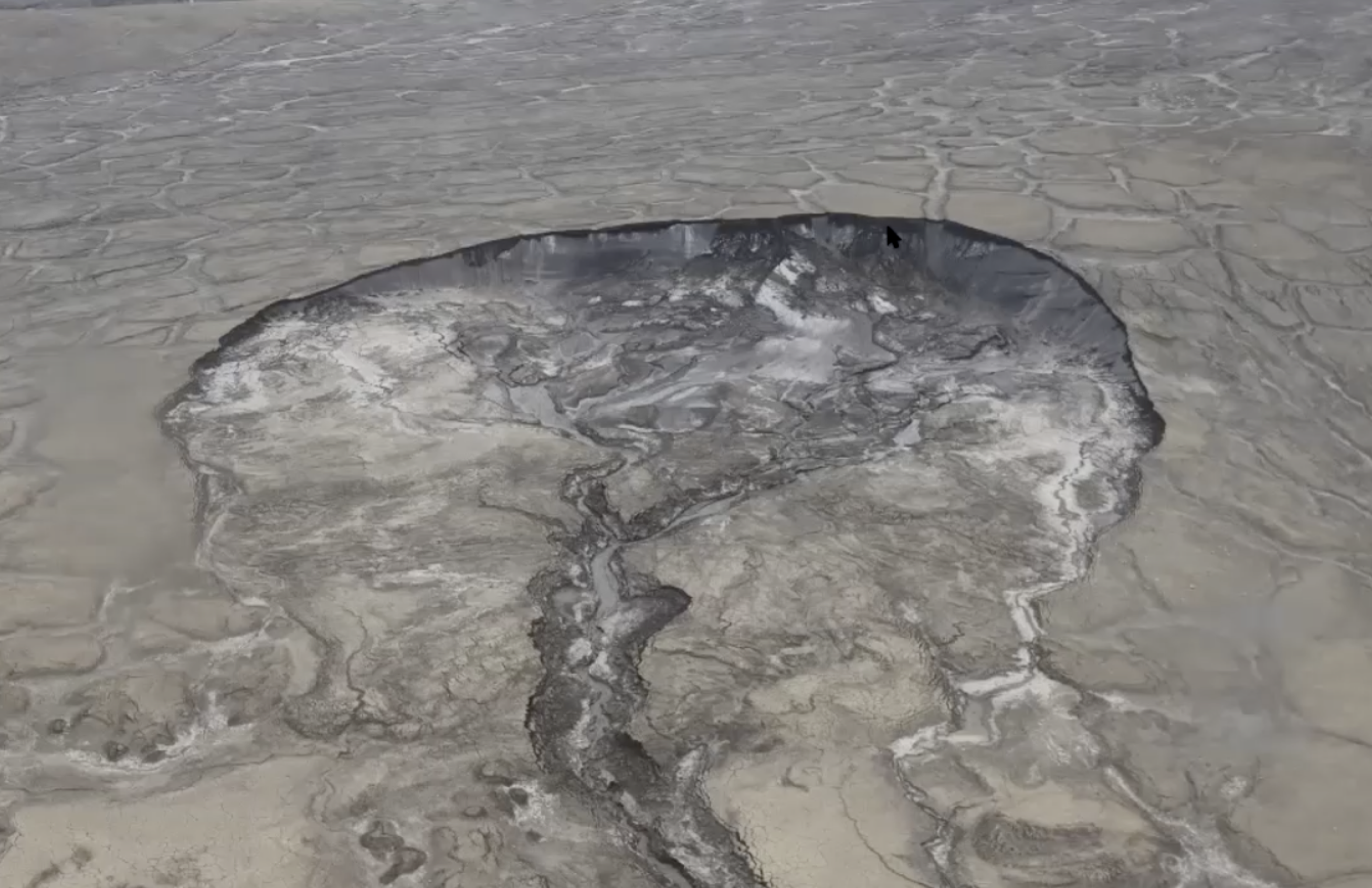
Around 75% of Alaskan pipelines cross periglacial land -- an active soil layer that undergoes seasonal freeze-thaw cycles, supported by a deeper frozen layer called permafrost. Accelerating melting, thinning and weakening of permafrost with global warming is raising concerns for the sustainability of such critical infrastructure. Furthermore, land surface failures in periglacial environments cause the delivery of sediment, metals, and bacterial life to fragile local and coastal watershed ecologies, as well as a release of greenhouse gases to the atmosphere. Common periglacial soil profile failures include active layer detachment slides, which are land failures that trigger at the frozen-unfrozen interface, and retrogressive thaw slumps, which describes the repeated, now rapid, growth of pre-existing land failure features. We are developing granular mechanics models to characeterize and predict the formation of these features. We are working closely with our remote sensing colleagues to test our models and to build robust tools for stakeholders.
Recent Funding
-
 The rapid response of permafrost (RRP) to intense day-long and season-long climate warming
(NSF EAR Postdoctoral Fellowship, 2023-2025)
The rapid response of permafrost (RRP) to intense day-long and season-long climate warming
(NSF EAR Postdoctoral Fellowship, 2023-2025)
Photo: Retrogressive Thaw Slump in Axel Heiberg, Canada